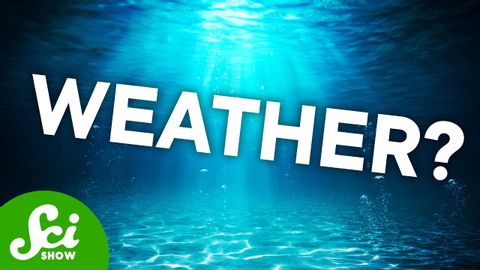陸地上有天氣,但你知道「海洋」裡也有天氣而且很奇怪嗎? (The Ocean Has Weather Too And It's Weird)
VoiceTube 發佈於 2024 年 09 月 04 日  沒有此條件下的單字
沒有此條件下的單字US /ɪˈsenʃəli/
・
UK /ɪˈsenʃəli/
- adv.本質上 ; 本來 ; 實質上;本質上;實際上
US /rɪˈzɪljənt/
・
UK /rɪ'zɪlɪənt/
US /ˈætməˌsfɪr/
・
UK /'ætməsfɪə(r)/
- v.t.追踪;跟踪;循跡;(攝影機)跟蹤攝影;追蹤
- n.(運動)跑道;(工作或受教育的)方向;小道;小徑;跑道;競賽道;磁帶上的聲道;磁帶上的曲子;(坦克等的)履帶;軌道;痕跡;磁軌
